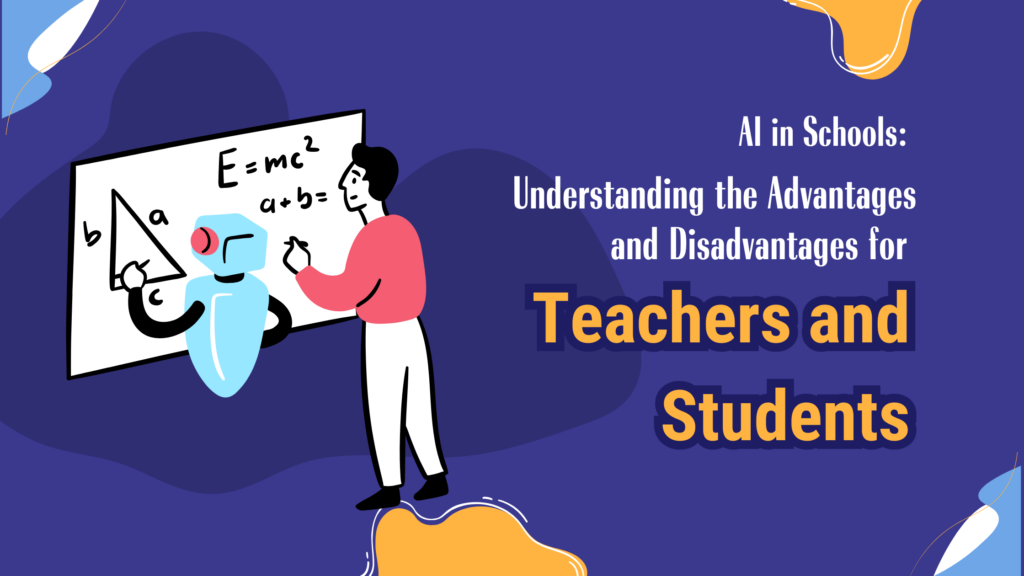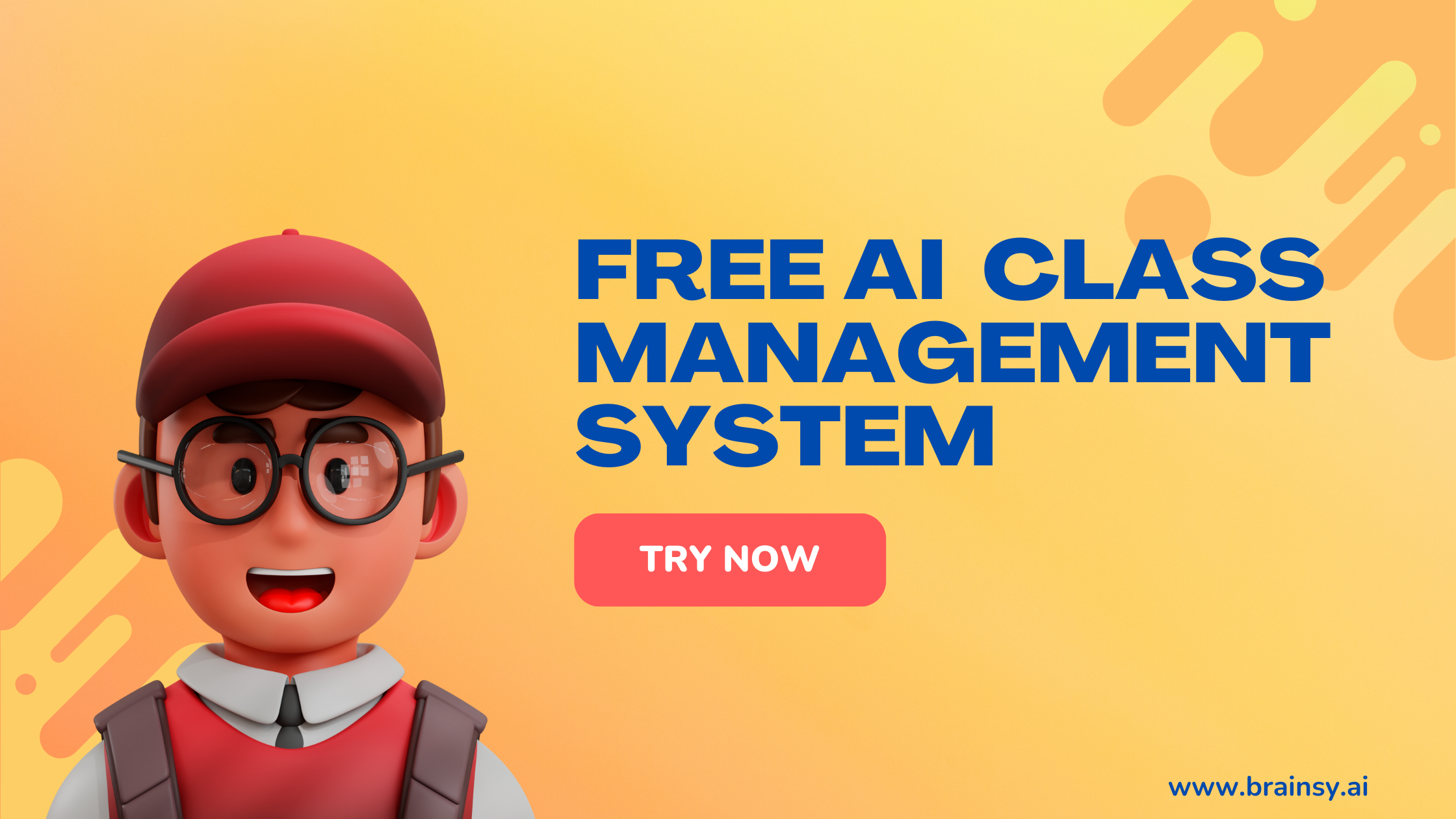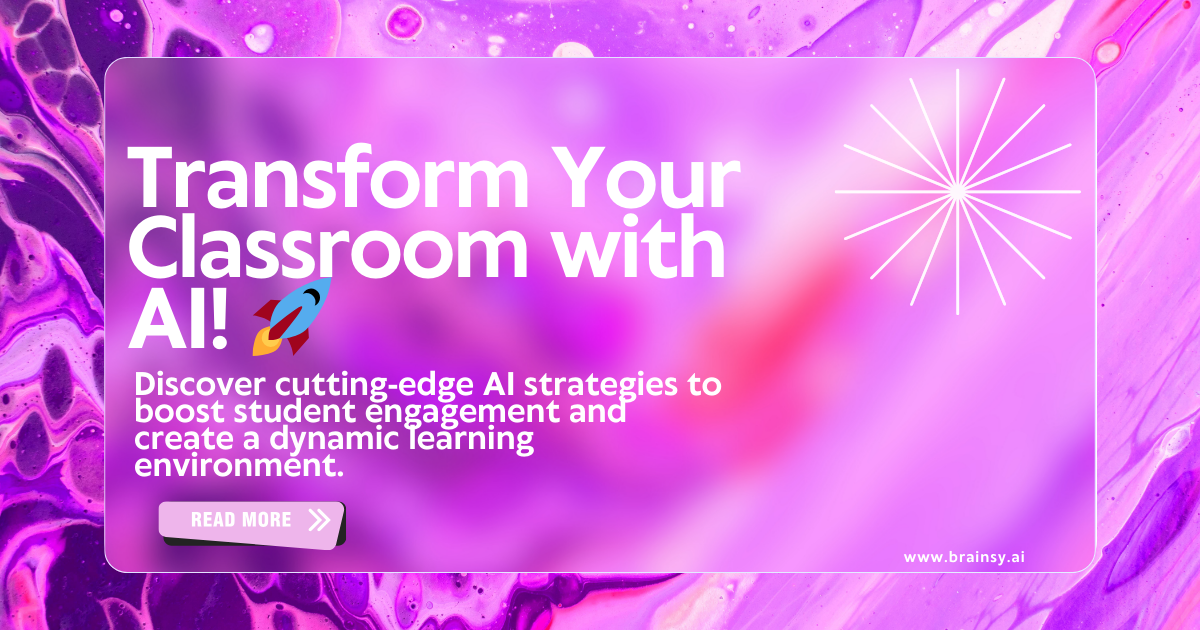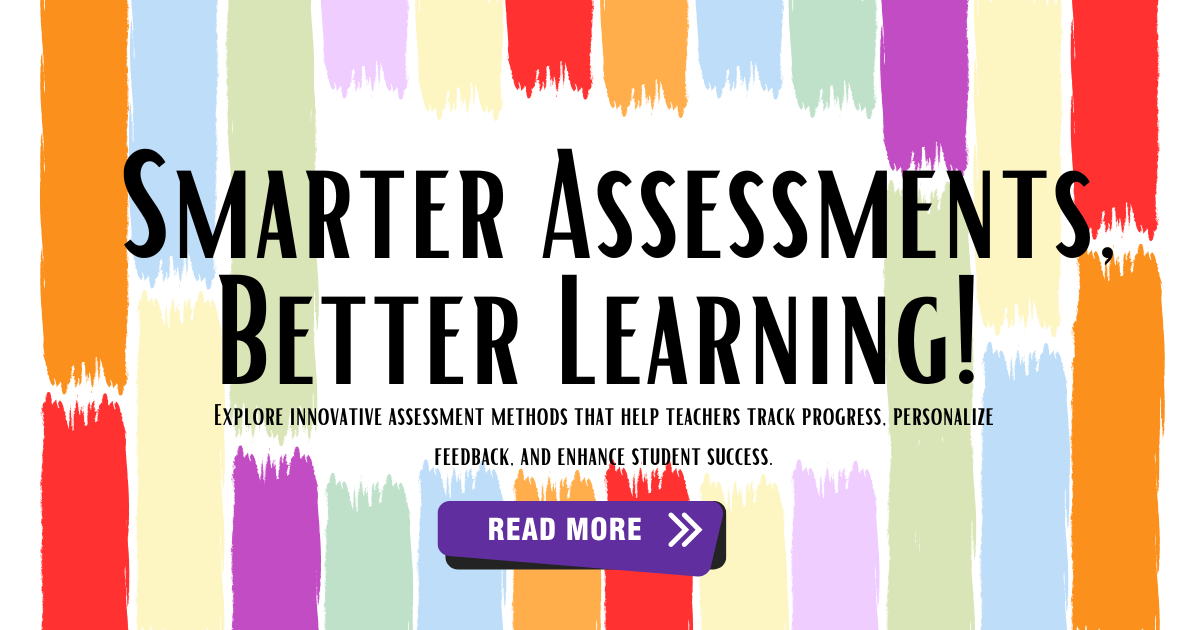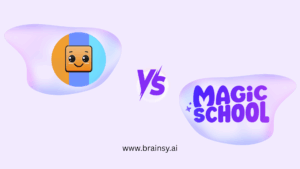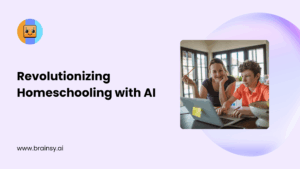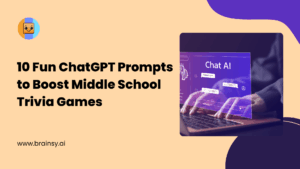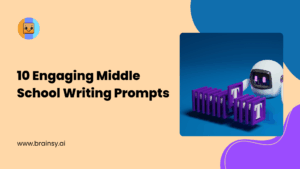The AI Revolution in Education
As an educator, I’ve witnessed firsthand the transformative power of technology in our classrooms. The latest revolution sweeping through the halls of learning is Artificial Intelligence (AI). This groundbreaking technology is reshaping the educational landscape, offering both exciting opportunities and challenging dilemmas for teachers and students alike. The emergence of AI-driven education and personalized learning platforms is changing the way we approach teaching and learning.
In this article, we’ll explore the multifaceted impact of AI on education, delving into its advantages and disadvantages for both educators and learners. We’ll examine how AI is changing traditional teaching methods, address concerns about its implementation, and look at ways to balance technological integration with the irreplaceable human element in education. We’ll also discuss the benefits of personalized learning and how AI adaptive learning is transforming the journey through learning for students.
As we navigate this new frontier, it’s crucial to understand the potential of AI while also being aware of its limitations and risks. Join me as we unpack the complexities of AI in education and chart a course for its effective use in our schools.
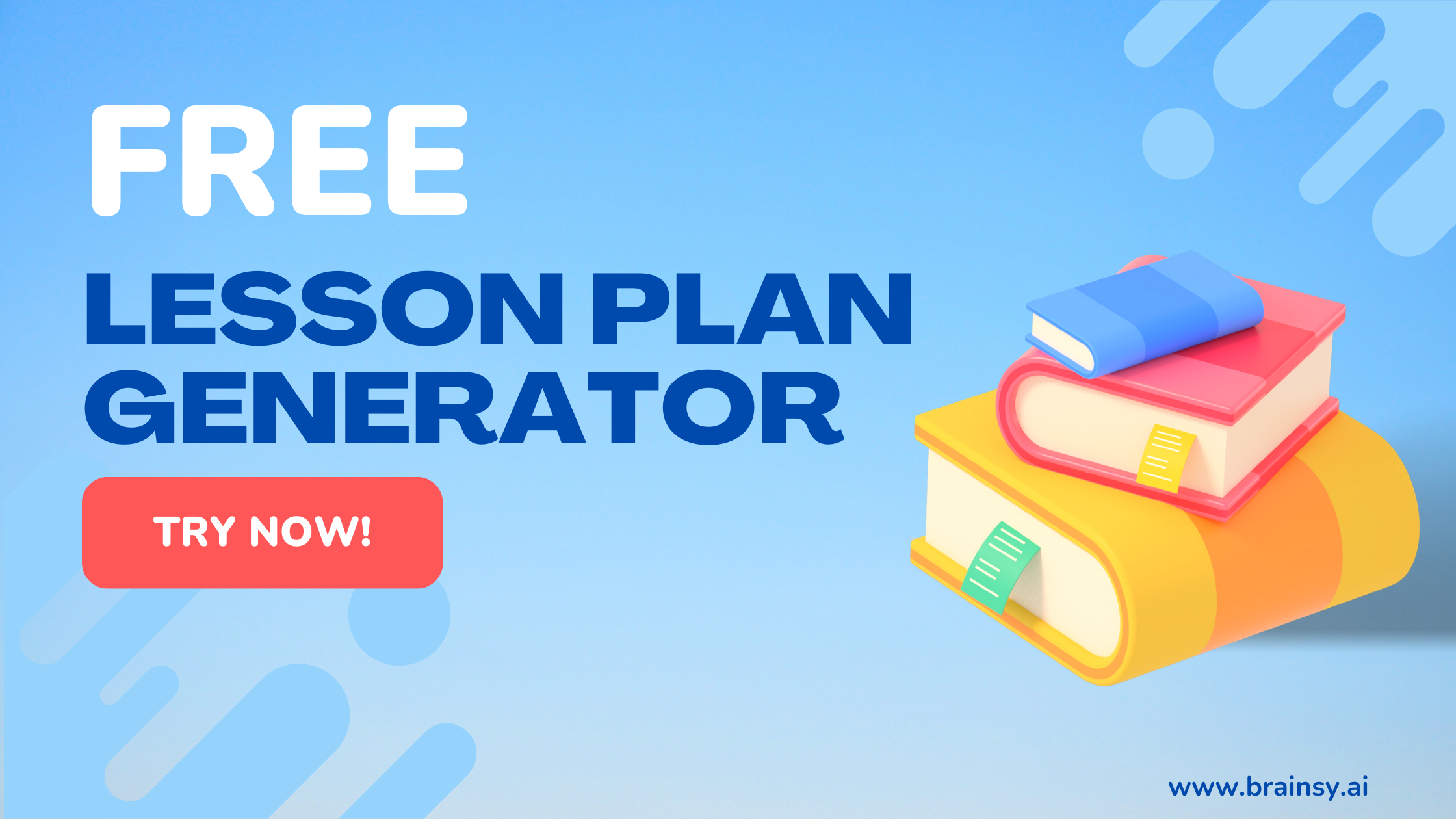 Understanding AI in Education: A Brief Overview
Understanding AI in Education: A Brief Overview
Artificial Intelligence in education refers to the use of intelligent computer systems that can perform tasks typically requiring human intelligence. These systems can analyze vast amounts of data, recognize patterns, and make decisions or predictions based on this information. In the educational context, AI manifests in various forms:
- Adaptive learning platforms
- Intelligent tutoring systems
- Automated grading tools
- Personalized learning assistants
- Data analytics for student performance tracking
AI’s integration into education isn’t just about replacing human tasks with machines. It’s about augmenting human capabilities, allowing educators to focus on higher-order teaching activities while AI handles more routine or data-intensive tasks. This shift towards AI and adaptive learning is revolutionizing personalized education.
The potential of AI in education is vast, ranging from providing tailored learning experiences to streamlining administrative tasks. However, it’s essential to approach this technology with a balanced perspective, understanding both its strengths and limitations in creating a truly personalized learning platform.
The Advantages of AI for Teachers
As a teacher, I’ve found that AI can be an invaluable ally in the classroom. Here are some key advantages that AI brings to educators:
- Time-saving automation: AI can handle time-consuming tasks like grading multiple-choice tests or checking for plagiarism, freeing up teachers to focus on more important aspects of education.
- Data-driven insights: AI systems can analyze student performance data to provide teachers with actionable insights, helping us identify areas where students are struggling and tailor our instruction accordingly. This enables precision teaching and data-driven instruction.
- Personalized teaching support: AI-powered adaptive learning programs can help teachers provide more individualized instruction by automatically adjusting content difficulty based on each student’s performance. This facilitates differentiation and addresses various learning styles.
- Enhanced lesson planning: AI tools can assist in creating lesson plans by suggesting relevant resources, activities, and assessment methods based on learning objectives and student needs.
- Improved accessibility: AI-powered tools like text-to-speech and speech recognition can help teachers better support students with diverse learning needs, enhancing accessibility in the classroom.
These advantages can significantly enhance our effectiveness as educators, allowing us to focus more on building relationships with our students and fostering critical thinking skills. The integration of AI-powered educational tools enables us to create a more personalized digital learning environment.
How AI Benefits Students in the Classroom
The advantages of AI extend beyond teachers to directly impact student learning experiences. Here’s how AI can benefit students:
- Personalized learning paths: AI can adapt to each student’s learning pace and style, providing customized learning paths that keep them engaged and motivated. This personalization in education is key to addressing individual student needs.
- Immediate feedback: AI-powered systems can provide instant feedback on assignments, helping students understand their mistakes and learn from them in real-time. This personalized feedback enhances the learning process.
- 24/7 learning support: AI tutoring systems can offer round-the-clock assistance, allowing students to get help whenever they need it, even outside of school hours.
- Enhanced engagement: Interactive AI-driven learning tools can make educational content more engaging and fun, potentially increasing student engagement and participation. This includes the use of virtual reality and interactive problem-solving exercises.
- Preparation for the future: Exposure to AI in education helps students develop digital literacy skills that will be crucial in their future careers, including understanding machine learning and AI-driven technologies.
By leveraging these benefits, we can create a more inclusive and effective learning environment that caters to the diverse needs of our students. The implementation of AI personalized learning systems fosters student autonomy and supports individualized learning experiences.
The Drawbacks of AI for Educators
While AI offers numerous advantages, it’s important to acknowledge its potential drawbacks for educators:
- Learning curve: Implementing AI systems often requires significant time and effort to learn new technologies, which can be challenging for some teachers.
- Reduced personal interaction: Over-reliance on AI tools might lead to decreased face-to-face interaction between teachers and students, potentially impacting the development of important social and emotional skills.
- Data privacy concerns: The use of AI in education involves collecting and analyzing large amounts of student data, raising questions about data privacy and security.
- Potential job insecurity: Some educators may worry that AI could eventually replace certain teaching roles, leading to job insecurity in the profession.
- Technological dependence: Relying too heavily on AI tools could potentially lead to a loss of traditional teaching skills and methods.
As we integrate AI into our classrooms, it’s crucial to address these concerns and find ways to mitigate these potential drawbacks. It’s important to remember that AI should enhance, not replace, the human aspects of teaching.
Potential Risks of AI Implementation for Students
While AI can offer numerous benefits to students, we must also consider the potential risks:
- Overreliance on technology: Students might become too dependent on AI tools, potentially hindering the development of critical thinking and problem-solving skills.
- Lack of human connection: AI cannot replicate the emotional support and mentorship that human teachers provide, which are crucial for students’ social and emotional development.
- Bias and fairness issues: AI systems can inadvertently perpetuate biases present in their training data, potentially leading to unfair treatment of certain student groups.
- Privacy concerns: The collection and analysis of student data by AI systems raise questions about data privacy and the potential misuse of personal information.
- Digital divide: Not all students have equal access to technology, which could exacerbate existing educational inequalities if AI becomes a central part of learning.
As educators, we need to be aware of these risks and work towards implementing AI in ways that maximize its benefits while minimizing potential harm to our students. It’s crucial to ensure that personalized learning in the classroom doesn’t come at the cost of essential human interactions and equitable access.
AI as a Tool: Enhancing Teaching Methods
Rather than viewing AI as a replacement for teachers, we should see it as a powerful tool to enhance our teaching methods. Here’s how AI can augment our pedagogical approaches:
- Blended learning: AI can facilitate a blended learning approach, combining the best of traditional teaching methods with technology-enhanced instruction.
- Differentiated instruction: AI-powered tools can help us more easily implement differentiated instruction, catering to the diverse learning needs of our students.
- Real-time assessment: AI can provide instant feedback on student performance, allowing us to adjust our teaching strategies on the fly.
- Enhanced collaboration: AI tools can facilitate better collaboration among students and between teachers and students, fostering a more interactive learning environment.
- Data-driven decision making: AI can help us make more informed decisions about curriculum design, teaching strategies, and student support based on comprehensive data analysis.
By leveraging AI as a tool, we can create more dynamic, responsive, and effective learning environments for our students. The integration of AI adaptive learning and personalized learning tools can significantly enhance the educational experience.
The Impact of AI on Traditional Educational Roles
The integration of AI in education is reshaping traditional roles within the educational system:
- Teachers as facilitators: With AI handling routine tasks, teachers can focus more on being facilitators of learning, guiding students in their educational journey.
- Students as active learners: AI-powered personalized learning encourages students to take a more active role in their education, promoting self-directed learning and student autonomy.
- Administrators as data analysts: School administrators can use AI-driven insights to make more informed decisions about resource allocation and policy-making.
- Parents as engaged partners: AI can provide parents with more detailed insights into their child’s learning progress, enabling them to be more actively involved in their education.
- Librarians as digital curators: With AI assisting in information retrieval, librarians can focus more on curating digital resources and teaching information literacy skills.
These evolving roles reflect a shift towards a more collaborative and data-informed educational ecosystem, where technology supports and enhances human expertise rather than replacing it. The implementation of AI-powered classrooms is transforming the way we approach education.
Addressing Concerns: Is AI a Threat to Teachers?
One of the most pressing concerns among educators is whether AI poses a threat to our profession. While it’s natural to feel apprehensive about technological change, I believe that AI is not a threat to teachers, but rather a powerful ally. Here’s why:
- Irreplaceable human skills: AI cannot replicate the empathy, creativity, and complex problem-solving skills that human teachers bring to the classroom.
- Enhanced efficiency: AI can handle routine tasks, allowing us to focus on higher-order teaching activities that require human insight and expertise.
- Complementary strengths: AI’s data processing capabilities complement our ability to provide context, motivation, and emotional support to students.
- Evolving role: Rather than replacing teachers, AI is helping us evolve into more effective educators by providing tools to better understand and support our students.
- Ethical oversight: Teachers play a crucial role in ensuring the ethical implementation of AI in education, guiding its use to benefit students.
While AI will undoubtedly change the landscape of education, it’s important to remember that technology is a tool, not a replacement for human educators. Our role remains crucial in shaping the learning experiences of our students and ensuring that personalized learning systems are used effectively and ethically.
Balancing Act: Integrating AI While Preserving Human Touch
As we embrace AI in education, it’s crucial to maintain a balance that preserves the irreplaceable human elements of teaching. Here’s how we can strike this balance:
- Selective implementation: Choose AI tools that complement rather than replace human interaction, using technology where it’s most beneficial.
- Emphasize relationship-building: Prioritize activities that foster teacher-student and peer-to-peer relationships, which AI cannot replicate.
- Teach digital literacy: Educate students about the strengths and limitations of AI, encouraging critical thinking about technology use.
- Maintain human oversight: Ensure that key decisions about student learning and assessment involve human judgment, not just AI algorithms.
- Promote emotional intelligence: Focus on developing students’ emotional intelligence and social skills alongside their academic knowledge.
By thoughtfully integrating AI while preserving the human touch, we can create a learning environment that leverages the best of both worlds. This approach ensures that personalized digital learning enhances rather than diminishes the human aspects of education.
The Future of Education: AI’s Role in Shaping Learning Experiences
As we look to the future, it’s clear that AI will play an increasingly significant role in shaping educational experiences. Here are some ways AI might transform education in the coming years:
- Hyper-personalized learning: AI could enable truly personalized learning experiences, adapting not just content but also teaching methods to each student’s unique needs and preferences.
- Virtual and augmented reality integration: AI-powered VR and AR could create immersive learning experiences, bringing abstract concepts to life in ways never before possible.
- Predictive analytics: Advanced AI systems might be able to predict student outcomes and identify potential issues early, allowing for proactive intervention and targeted interventions.
- Global classrooms: AI-facilitated language translation and cultural understanding could enable truly global classrooms, connecting students from around the world.
- Lifelong learning support: AI could provide personalized learning recommendations throughout a person’s life, supporting continuous education and skill development.
While these possibilities are exciting, it’s important to approach them with a critical eye, ensuring that technological advancements serve to enhance, not replace, the human elements of education. The future of AI-driven education holds great promise for creating more effective and engaging learning experiences.
Preparing for Change: How Teachers Can Adapt to AI Integration
As AI becomes more prevalent in education, it’s crucial for us as teachers to adapt and prepare for this change. Here are some strategies we can employ:
- Continuous learning: Stay informed about AI developments in education and actively seek opportunities to learn new technologies.
- Embrace a growth mindset: View AI as an opportunity to enhance our teaching rather than a threat to our profession.
- Develop AI literacy: Understand the basics of how AI works, its capabilities, and its limitations to make informed decisions about its use in the classroom.
- Collaborate with tech specialists: Work closely with IT professionals and edtech specialists to effectively implement AI tools in our teaching practice.
- Focus on uniquely human skills: Emphasize and develop skills that AI cannot replicate, such as emotional intelligence, creativity, and critical thinking.
By proactively adapting to AI integration, we can position ourselves as leaders in this educational transformation, shaping how technology is used to benefit our students. This preparation will help us effectively leverage AI-powered educational tools and create more engaging and personalized learning experiences.
Case Studies: Successful AI Implementation in Schools
Let’s look at some real-world examples of successful AI implementation in education:
- Carnegie Learning’s MATHia: This AI-powered math learning software adapts to each student’s learning pace, providing personalized instruction and real-time feedback.
- Third Space Learning: This platform uses AI to analyze tutoring sessions, providing insights to improve the quality of one-on-one math instruction.
- Century Tech: This AI-powered learning platform creates personalized learning paths for students across various subjects, helping teachers identify and address knowledge gaps.
- Thinkster Math: This tutoring app uses AI to analyze students’ problem-solving processes, providing detailed insights to both students and teachers.
- Querium: This company uses AI to provide step-by-step guidance in STEM subjects, adapting to each student’s learning style.
These case studies demonstrate how AI can be effectively integrated into education to enhance learning outcomes and support teachers in their roles. They showcase the potential of AI personalized learning and adaptive learning programs in creating more effective and engaging educational experiences.
Ethical Considerations of AI in Education
As we integrate AI into education, it’s crucial to consider the ethical implications of this technology:
- Data privacy: We must ensure that student data collected by AI systems is protected and used responsibly.
- Algorithmic bias: It’s important to regularly audit AI systems for potential biases that could unfairly impact certain student groups.
- Transparency: We should advocate for transparency in how AI systems make decisions that affect student learning.
- Equity of access: We need to address the digital divide to ensure all students have equal access to AI-enhanced educational opportunities.
- Human oversight: It’s crucial to maintain human oversight in key educational decisions, rather than relying solely on AI algorithms.
By addressing these ethical considerations, we can ensure that AI is implemented in a way that benefits all students and upholds the values of equity and fairness in education. This is particularly important as we develop and implement personalized learning systems and AI-driven educational tools.
Conclusion: Embracing AI’s Potential While Mitigating Risks
As we navigate the integration of AI in education, it’s clear that this technology offers both exciting opportunities and significant challenges. AI has the potential to revolutionize how we teach and how students learn, offering personalized experiences, valuable insights, and enhanced efficiency through AI adaptive learning and personalized learning platforms.
However, we must approach this integration thoughtfully, balancing the benefits of AI with the irreplaceable human elements of education. As teachers, our role remains crucial in guiding this transformation, ensuring that AI serves as a tool to enhance our teaching rather than replace it.
By staying informed, adapting our skills, and maintaining a critical perspective, we can harness the power of AI to create more effective, engaging, and inclusive learning environments. At the same time, we must remain vigilant about the ethical implications of AI in education, advocating for responsible implementation that prioritizes student well-being and equity.
The future of education with AI is not about replacing teachers, but about empowering us to be more effective educators. By embracing AI’s potential while mitigating its risks, we can shape a future of education that combines the best of human expertise with the power of artificial intelligence. This journey through learning, enhanced by AI, holds the promise of more personalized, engaging, and effective educational experiences for all students.
Ready to explore how AI can enhance your teaching practice? Join our upcoming webinar on “Integrating AI in the Classroom: A Practical Guide for Teachers.” Learn from experts and connect with fellow educators as we navigate this exciting new frontier in education. Register now to secure your spot and take the first step towards harnessing the power of AI in your classroom!
🚀 Join the Future of Teaching – Get Early Access to the Ultimate AI Platform for Educators!
The AI-Powered Teaching Revolution is Here! 🎓✨
Imagine having one powerful AI platform that helps you plan lessons, grade assignments, personalize learning, and engage students—effortlessly.
🚀 BrainsyAI is launching soon, and you can be among the FIRST to experience it!
🔥 Join the exclusive waitlist now & get:
✅ Early Access – Be the first to try our cutting-edge AI tools.
✅ Exclusive Perks – Special bonuses & training for early adopters.
✅ A Voice in Development – Help shape the future of AI in education.
📩 Spots are limited! Don’t miss out on the AI teaching tool that will change classrooms forever.

